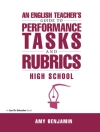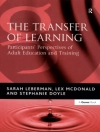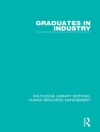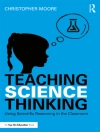The Learner’s Perspective Study ascribes to the premise that the investigation of social practice within the mathematics classrooms must attend to the learners’ practice with at least the same priority as that accorded to the teachers’ practice. In focusing on student voice within this partnership, as enacted in many different guises across different cultures and socio-political learning environments, we hope that we will be better informed to understand the relationship between pedagogy and learning mathematics, and between pedagogy and the empowerment of diverse learners. Research findings from the Learner’s Perspective Study reported in this book and its companion volumes affirm just how culturally-situated are the practices of classrooms around the world and the extent to which students are collaborators with the teacher, complicit in the development and enactment of patterns of participation that reflect individual, societal and cultural priorities and associated value systems. In this book, we attend closely to this collaboration with our focus on the voice of the student. Collectively, the authors consider how the deliberate inclusion of student voice can be used to enhance our understandings of mathematics classrooms, of mathematics learning, and of mathematics outcomes for students in classrooms around the world. The Learner’s Perspective Study aims to juxtapose the observable practices of the classroom and the meanings attributed to those practices by classroom participants. The LPS research design documents sequences of at least ten lessons, using three video cameras, supplemented by the reconstructive accounts of classroom participants obtained in post-lesson video-stimulated interviews, and by test and questionnaire data, and copies of student written material. In each participating country, data generation focuses on the classrooms of three teachers, identified by the local mathematics education community as competent, and situated indemographically different school communities within the one major city. The large body of complex data supports both the characterization of practice in the classrooms of competent teachers and the development of theory.
Tabella dei contenuti
Acknowledgements; 1 The Learner’s Perspective Study: Attending to Student Voice; 2 Spoken Mathematics as an Instructional Strategy: The Public Discourse of Mathematics Classrooms in Different Countries; 3 Students Speaking Mathematics: Practices and Consequences for Mathematics Classrooms in Different Countries; 4 Students at the Front: Examples from a Beijing Classroom; 5 Participation of Students in Content-Learning Classroom Discourse: A Study of Two Grade 8 Mathematics Classes CF10in Singapore; 6 Martina’s Voice; 7 What o Students Attend to? Students’ Task-Related Attention in Swedish Settings; 8 Students and heir Teacher in a Didactical Situation: A Case Study; 9 Developing Mathematical Proficiency and Democratic Agency through Participation – An Analysis of Teacher- Student Dialogues in a Norwegian 9th Grade Classroom;10 Matches or Discrepancies: Student Perceptions and Teacher Intentions in Chinese Mathematics Classrooms; 11 What Really Matters to Students? A Comparison between Hong Kong and Singapore Mathematics Lessons;12 Student Perceptions of the ‘Good’ Teacher and ‘Good’ 209 Learner in New Zealand Classrooms Glenda Anthony; Appendix: The LPS Research Design; Author Index; Subject Index.












